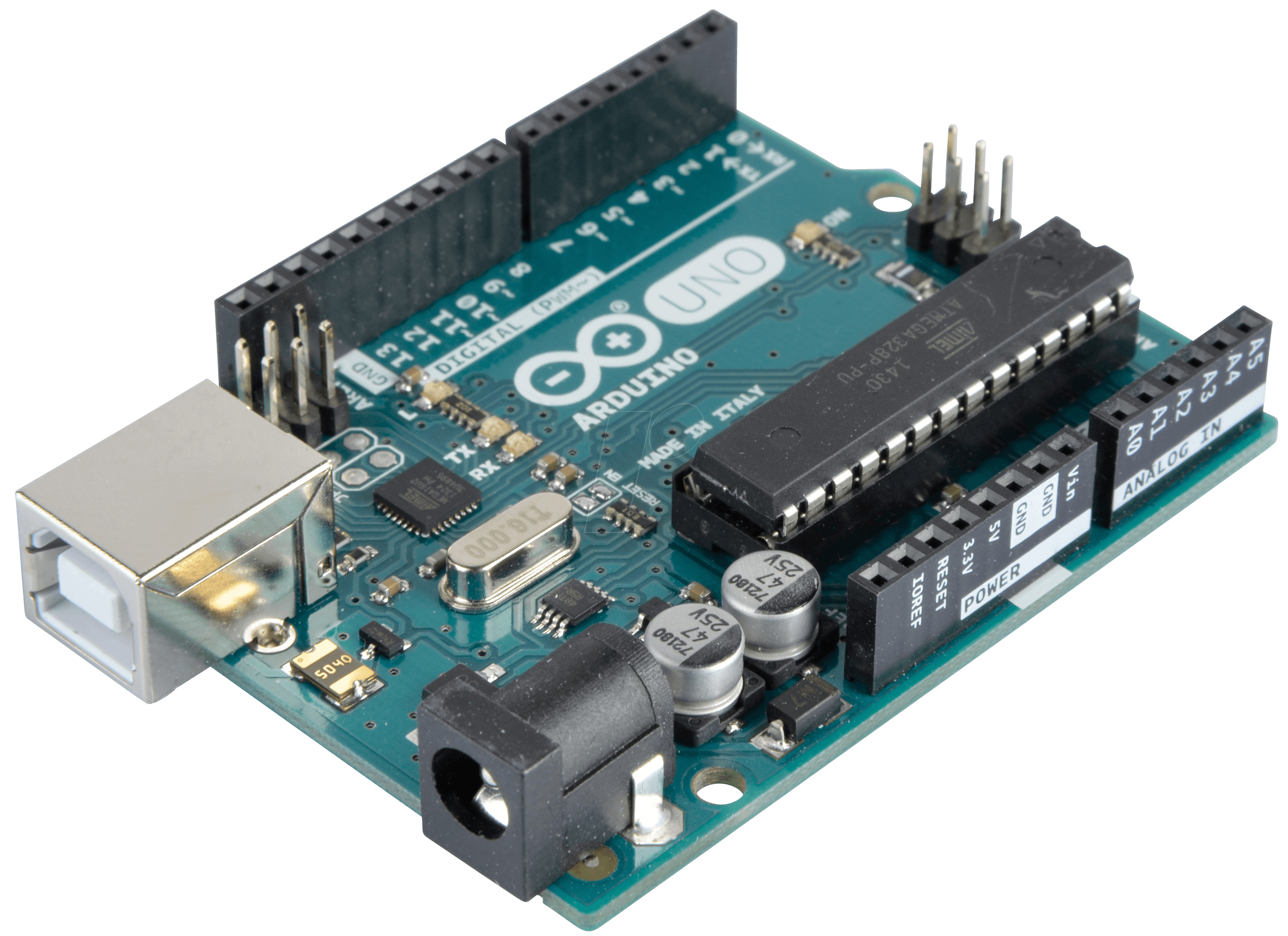In this post, we will look at some of the components and supplies that will assist you in getting started with Arduino. We'll start by looking at some of the numerous Arduino boards available, then move on to the essential tools and components that every Arduino builder should have in their toolkit.
ARDUINO BOARD TYPES
The Arduino Nano is the smallest Arduino and is best suited for projects where size and weight are important:
The Arduino Mega is the most powerful Arduino, with more pins and features than the other models:The de facto Arduino board is the Uno. It is the most well-documented, and numerous resources, tutorials, and applications for the Arduino Uno are freely available on the internet.
BREADBOARDS
Solderless breadboards allow you to build circuits without using solder. A component's pins can be put into the breadboard and connected to the Arduino via jumper wires.
Breadboards are available in a variety of sizes. This is a standard breadboard:
And this is a mini breadboard:
WIRES FOR JUMPER
Jumper wires make connecting components on a breadboard simple. They are available in a range of lengths and hues. Some jumper wires have male pins on both sides, whereas others have both male and female pins. Ribbon cables, which are handy for connecting devices with many pins, are also available as jumper wires.
IRON SOLDERING
You'll need a nice soldering iron at some point. Many modules and sensors are delivered without a pin header. Before the device may be utilized in these circumstances, the pin header must be soldered to the PCB.
Wattage is used to classify soldering irons. Higher wattage soldering irons can provide more heat, making them excellent for soldering large cables and components. A power of 30 to 60 watts is ideal for most Arduino applications.
RESISTORS
Resistors are utilized in the construction of voltage dividers and RC circuits. Most projects should be able to be built with a resistor option ranging from 100 Ohms to 100K Ohms.
CAPACITORS
Capacitors are employed in RC circuits, as well as to de-bounce switches and de-couple power supply. Having a variety of capacitors ranging from 470 pF to 2,000 F on hand will cover you for the majority of applications.
LEDs
LEDs are another important component to have on hand. They're useful for troubleshooting circuits and determining whether or not a device is receiving power. They are available in a variety of colors and shapes.
LCD SCREEN
LCD displays can show sensor readings, the date and time, or anything else you can think of. This is a 162 character LCD display:
And a smaller 8×2 size:
BUTTONS TO PUSH
When a push button is pressed, current flows through the switch. They're useful for controlling LEDs, motors, and relays. This is a push button with a tactile feel:
POTENTIOMETERS
When you turn the dial on a potentiometer, the resistance changes. They come in a range of sizes and resistance values, but the most common are 10K, 100K, and 250K Ohm:
SENSORS
There are numerous sensors that can be connected to the Arduino. The sensors listed below are just a few of the most common and well-documented.
Temperature and humidity sensor DHT11:
The HC-SR04 ultrasonic range finder:























0 Comments